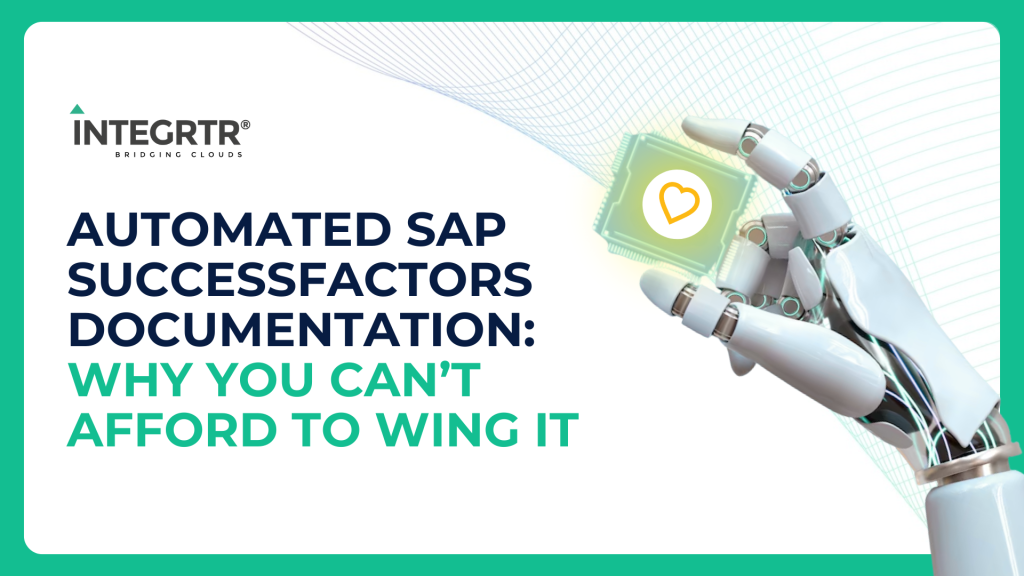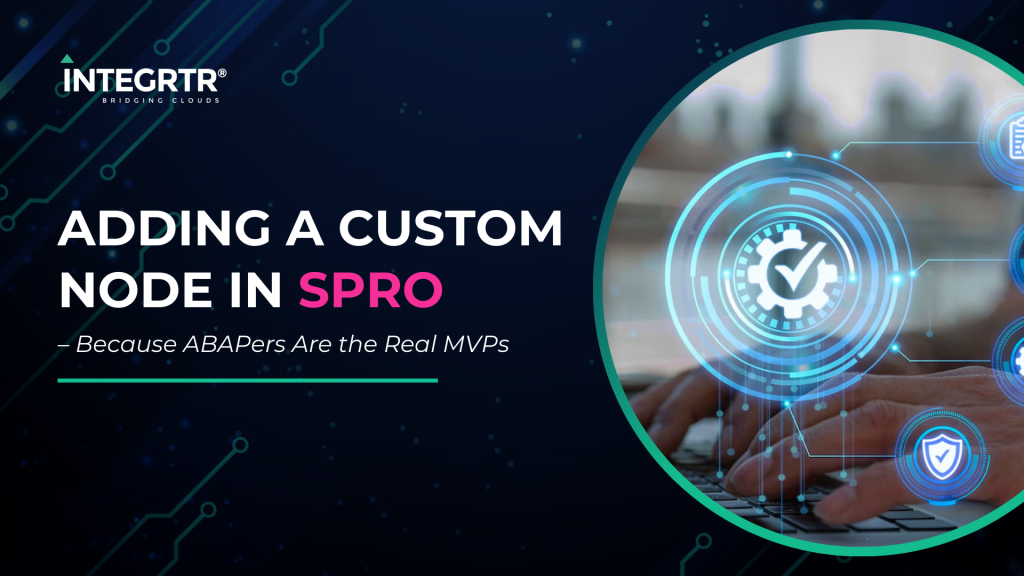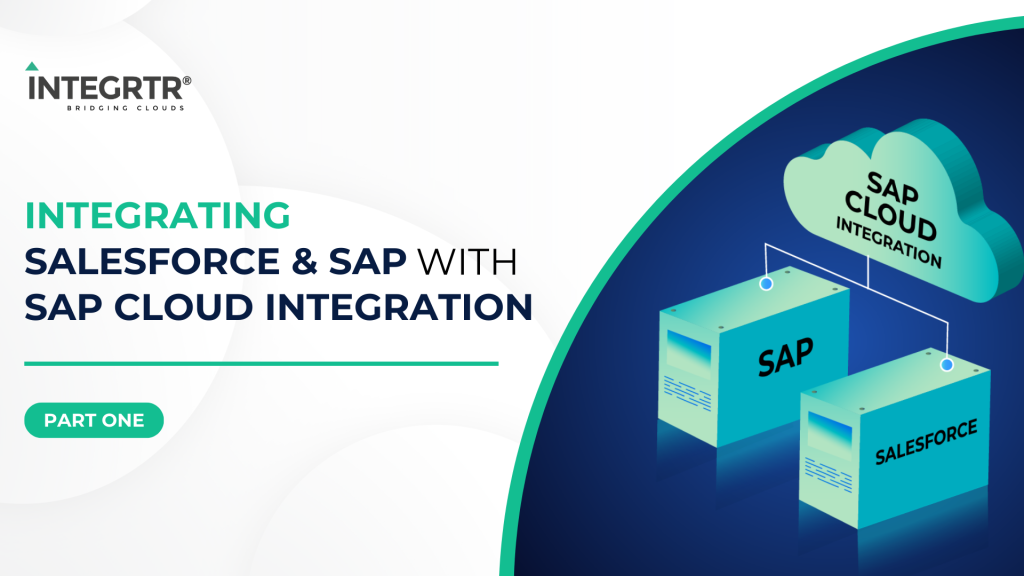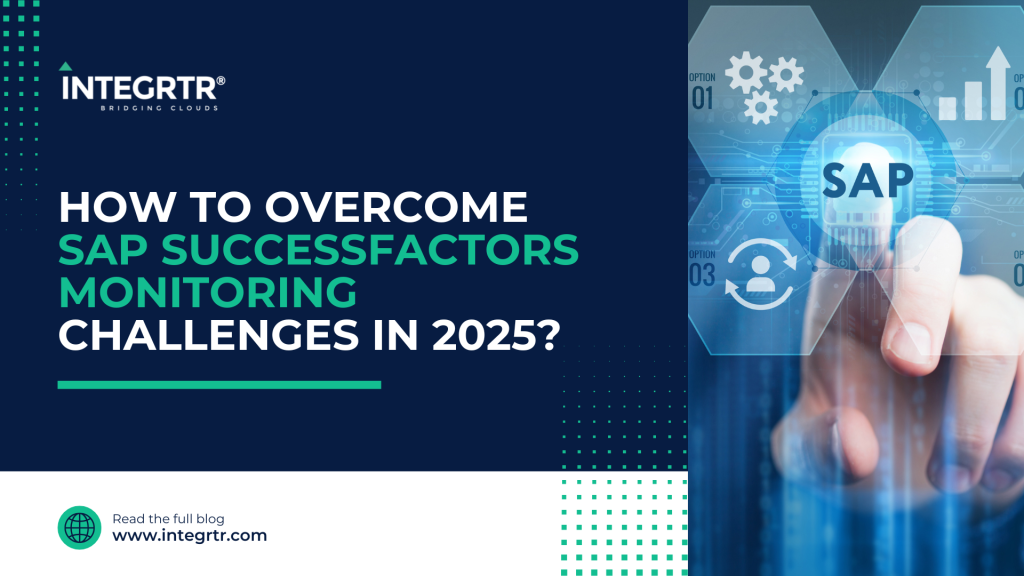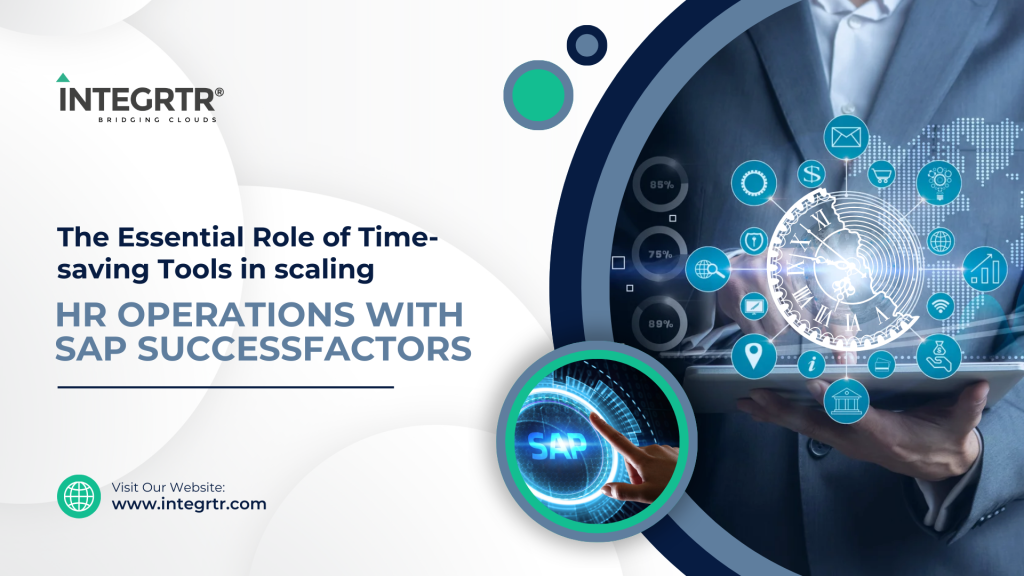When we discuss the types of integration in Success Factors world, two of the famous kinds that come to mind are point to point and middleware integration. The communication between these two interfaces are many intricacies that we will be digging deeper into in this blog. Both these methods play an integral role in Employee central to Employee central Payroll integration. Without further ado, let’s begin the comparison between these two integrations.
Point to Point (P2P) Integration
- Point-to-point Integration is a tightly coupled integration between two or more endpoints, enabling communication to share any data between the integrated parties. It is highly advantageous in scenarios where the universe of applications is small.
- Point to point accelerates development in the short term because you do not need to rely on another team. (Unlike the new Middleware into our Landscape)
- All new features and integration scenarios are available in the Point-to-Point integration because they require a tight coupling with all involved systems which is offered only in PTP. Tight coupling allows simpler data mapping, hassle-free error handling, and provides new extensibility.
- Robust architecture of the PTP integration allows faster and more efficient replication processes than in the middleware-based integration.
- In a point-to-point integration architecture, when two applications need to communicate with one another, a connection is established, and a connector enables application A to speak to application B by sending a message or executing a procedure. A connector is a bridge that allows access to data or application functionalities in a structured manner.
- Connectors handle the complexities of message translation, integration and any other relating messages operations used to access the application features. When it is needed to change either application A or B, the interface needs to be updated in both.

Middleware Integration
- Middleware based on the principle of there being one piece of central software that talks to each individual application and essentially translates, reformats, and restructures data as required on the fly, as it is transmitting data from one application to another.
- Middleware is application-independent software that provides services that mediate between applications. (Acts like a Broker)
- Middleware hides the complexities of the underlying operating system and network to facilitate the easy integration of new and legacy systems. It is a means for connecting clients to servers, clients to clients, and servers to servers without having to navigate through many operating systems, networks, or resources server layers.
- For bigger and more complex connections and dynamic or frequently changing processes implementing a full-scale tool makes sense.
- Based on information in a client or front-end application request, middleware can customize the response from the back-end application or service.
- Middleware typically establishes a secure connection and authentication capabilities and Manages traffic dynamically across distributed systems.
- Middleware enables the flow of real-time information access within and among systems in a network. It helps to streamline processes and improves efficiency in terms of organization. It can maintain the integrity of information across a multitude of systems within a network.
- Middleware is advantageous because of its range of use in a wide array of software systems, from distributed objects and components to mobile application support, to message-oriented communication, and more.

Comparison
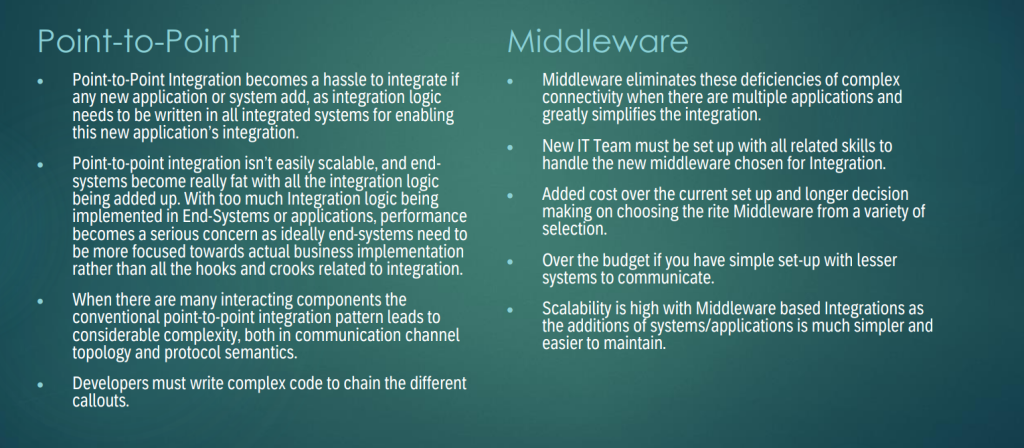
Point-to-Point VS Middleware for SuccessFactors Employee Central to Employee Central Payroll Integration
For Success Factors Employee Central to Employee Central Payroll Integration with P2P method the middleware is substituted by an ABAP report in SAP system and this report requests the data from SF EC API’s directly over HTTP client and calls the webservice for the data processing internally over a temporary generated logical port in the SAP system.
The confirmation process is performed with an OData upsert directly after the data processing is finished instead triggering it over a webservice consumer.
The configuration data of the middleware like connection to EC system or Filter to target system are all shifted to SAP system.
Point-To-Point Vs Middleware for Success Factors Employee Central to Employee Central Payroll Integration

There are multiple types of communication that is handled differently in P2P – using SOAP/OData and in middleware using Boomi/HCI. In the ETL lifecycle, multiple transformations are undertaken when sending data from source to destination and the type of integration becomes a deciding factor in this scenario to answer the “how” of the integration. Message packets, integration logic and the complexity of the connections are some of the factors that can help you decide whether you should go ahead with P2P or middleware.





